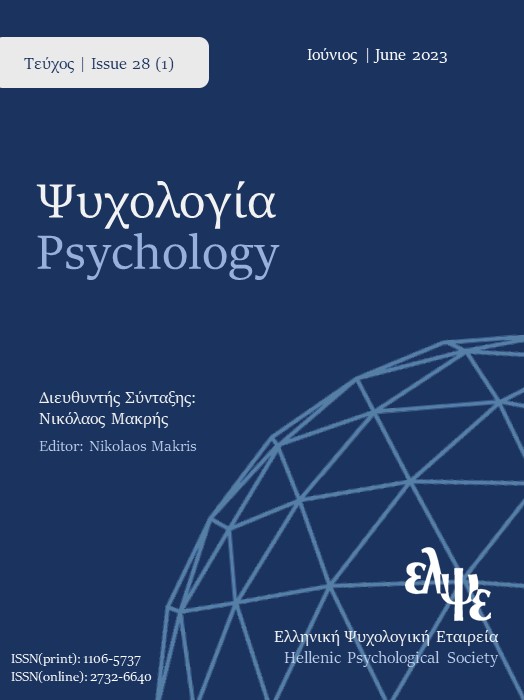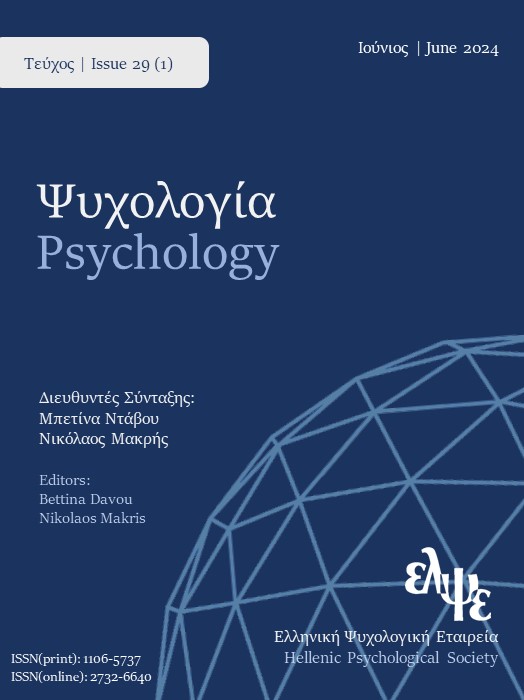Adult attachment and social perception of emotion: The role of social motives

Abstract
Despite the seminal role of emotion perception in social and personal relationships, there is limited understanding of how adult attachment organization affects the decoding of facial emotion expressions. Previous
research has focused on how insecure attachment-related strategies for emotion regulation influence early stages of emotion information processing. However, recent studies highlight the importance of social
processes and motivational factors in the perception of positive and negative emotion (see e.g., Vrtička, Sander, & Vuilleumier, 2012). Based on a critical review of the relevant literature, the present article
presents findings from a recent series of studies that reveal the effects senders' social moti ves (relational context, social goals) have on emotion decoding accuracy in adults with insecure attachment. The findings from these studies are discussed in the context of theories of motivated social cognition and the social perception of emotion.
Article Details
- How to Cite
-
Ανδριοπούλου Π., & Καφέτσιος Κ. (2020). Adult attachment and social perception of emotion: The role of social motives. Psychology: The Journal of the Hellenic Psychological Society, 21(3), 319–333. https://doi.org/10.12681/psy_hps.23501
- Issue
- Vol. 21 No. 3 (2014)
- Section
- SPECIAL SECTION

This work is licensed under a Creative Commons Attribution-ShareAlike 4.0 International License.
The journal PSYCHOLOGY adopts a Platinum open-access policy. Submission, processing or publication costs are waived by the Hellenic Psychological Society. Papers published in the journal PSYCHOLOGY are licensed under a 'Creative Commons Attribution-ShareAlike 4.0 International' licence. The authors reserve the copyright of their work and grant the journal the right of its first publication. Third-party licensees are allowed to use the published paper immediately after publication as they wish, provided they retain the defined by the license copyright formalities, regarding the reference to its author(s) and its initial publication in the journal PSYCHOLOGY. Moreover, any adjusted work should be shared under the same reuse rights, so with the same CC license.






